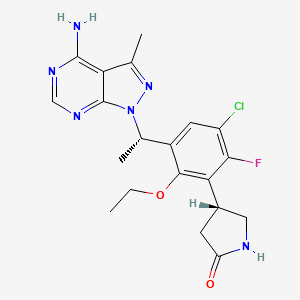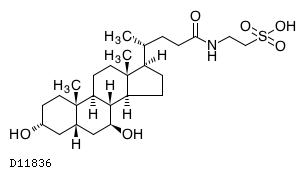
Incyte (Nasdaq:INCY) announced, that the U.S. Food and Drug Administration (FDA) has accepted its New Drug Application (NDA) for parsaclisib, an investigational novel potent, highly selective, next-generation oral inhibitor of phosphatidylinositol 3-kinase delta (PI3Kδ), for the treatment of patients with relapsed or refractory follicular lymphoma (FL), marginal zone lymphoma (MZL) and mantle cell lymphoma (MCL).
The submission is based on data from several Phase 2 studies (CITADEL-203, -204 and -205) evaluating parsaclisib as a treatment for relapsed or refractory non-Hodgkin lymphomas (NHLs) (FL, MZL and MCL). Parsaclisib was generally well-tolerated in all studies with a manageable safety profile.
“Non-Hodgkin lymphomas are some of the most common cancers in the United States, and the FDA’s acceptance of this NDA represents an important milestone for Incyte and for NHL patients who have not responded to or who have progressed on initial therapies,” said Peter Langmuir, M.D., Group Vice President, Oncology Targeted Therapies, Incyte. “We look forward to working with the FDA to bring this innovative therapy to patients who may benefit.”
Parsaclisib has been granted Priority Review by the FDA for the treatment of adult patients with relapsed or refractory MZL who have received at least one prior anti-CD20-based regimen and for the treatment of adult patients with MCL who have received at least one prior therapy. The FDA grants Priority Review to medicines that, if approved, would be significant improvements in the safety or effectiveness of the treatment, diagnosis or prevention of serious conditions when compared to standard applications. This designation shortens the review period by four months as compared to Standard Review so the Prescription Drug User Fee Act (PDUFA) target action date for these indications is April 30, 2022. The NDA for use of parsaclisib in adult patients with relapsed or refractory follicular lymphoma (FL) who have received at least two prior systemic therapies will have a Standard Review and a PDUFA target action date of August 30, 2022.
Confirmatory phase 3 studies are in preparation for parsaclisib in patients with MCL (CITADEL-310) and relapsed or refractory FL and MZL (CITADEL-302).
https://pubchem.ncbi.nlm.nih.gov/compound/Parsaclisib#section=2D-Structure






